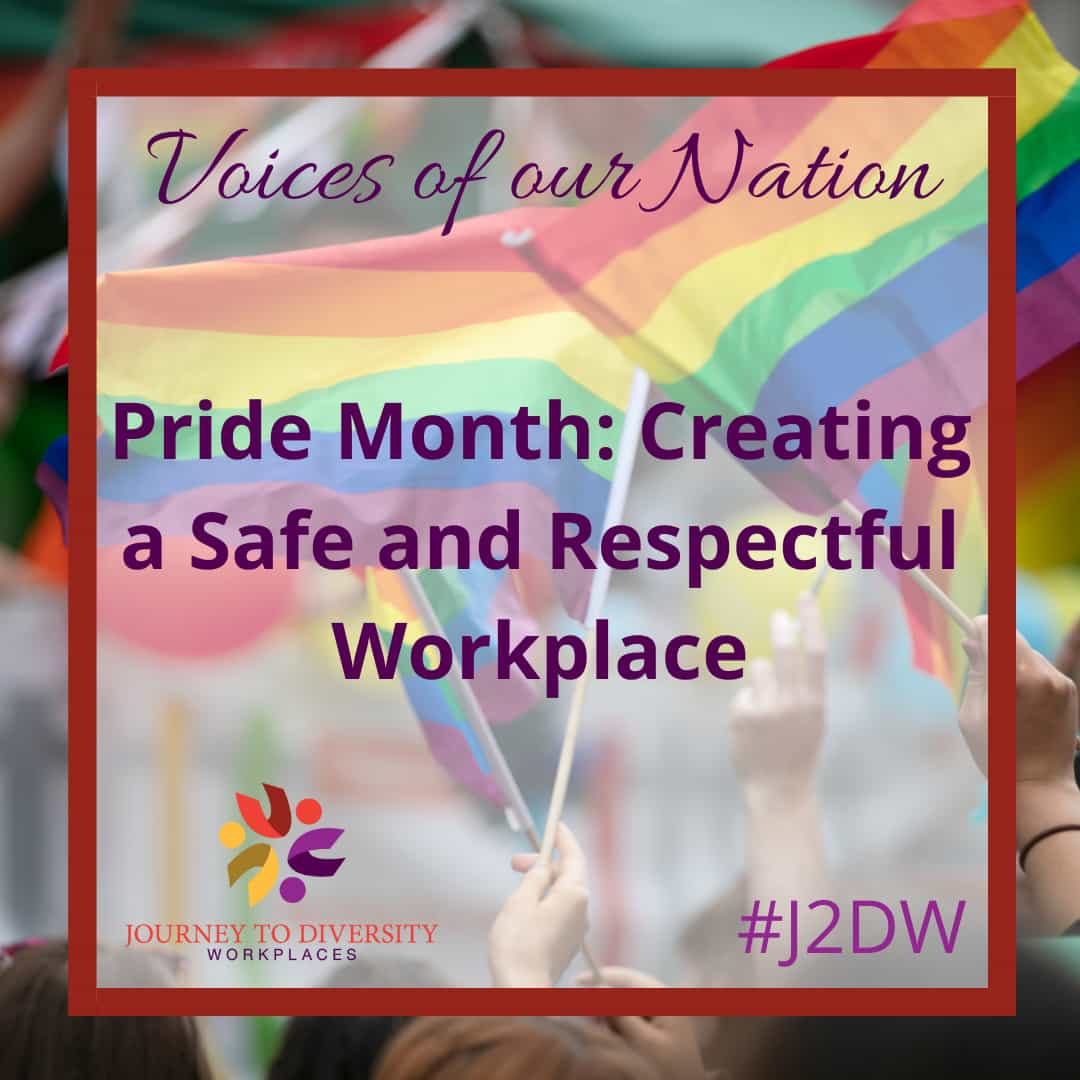As most may know, June is widely recognized and celebrated as the 2SLGBTQIA+ Pride Month. Around this time in 1969, there lay the historic Stonewall Riots led by the queer community against police raids that spanned six days (The Library of Congress, n.d.). To commemorate this step of courage and bravery that has influenced a cascade of social, political, and structural shifts for the 2SLGBTQIA+ community, Pride Month has become a time of celebration and joy.
To promote an efficient, productive, and safe workplace, employees must feel respected and comfortable in the physical environment while conversing or collaborating with peers and those of authority. Many companies choose to support or highlight their 2SLGBTQIA+ employees simply during June, thus, coming off as performative and shallow. As a result, it is vital for employers to truly understand the cause and its importance, and then successfully create initiatives that support the 2SLGBTQIA+ community based on knowledge and respect. Three main ways to go about this are outlined below.
-
- Educate: Before issuing any structural or social changes in the work environment, it is necessary to get educated about the rich, heavy, often tragic, and inspirational history behind Pride. Seeking out well-known 2SLGBTQIA+ organizations such as the Trevor Project and Pride at Work, as well as staying updated on relevant, current information about 2SLGBTQIA+ news regarding laws, regulations, events, and social changes, are easy first steps towards making your workplace accessible and accommodating. Other ways to self-educate could include reading critically acclaimed books and biographies about queer history and stories, listening to podcasts or watching media by queer people of colour, and being attentive to your peers when they share their stories or voice concerns. Through such steps, employers can better understand the lived experiences of 2SLGBTQIA+ individuals and are more informed on how to best support them in the workspace. However, employers, and anyone interested in getting more educated, must be wary of the oh-so-common mistake of relying on their fellow 2SLGBTQIA+ colleagues or friends to get informed and become knowledgeable. It is not their responsibility to teach you.
- Initiate: Once you have gathered a fair foundation of knowledge, it is time to initiate positive changes in the workplace. There is no shame in starting small by normalizing the process of adding pronouns to email sign-offs and online meetings or being cautious of heternormative language when conversing with peers and colleagues (such as using “partner” instead of “husband/wife”). Other initiatives could include hosting workshops bi-annually (or more frequently) or providing resources for topics such as but not limited to 2SLGBTQIA+ mental health, gender-affirming care, and 2SLGBTQIA+ support groups.
- Incorporate: At this stage; it’s all about ensuring that you are not illustrating an unauthentic portrayal of queer topics and issues by eliminating queer voices through the overexcitement of new knowledge. Although it may sound simple, this step requires you to become a megaphone or a platform to amplify queer voices. That includes featuring queer-owned businesses, donating to Black and queer charities, allowing 2SLGBTQIA+ individuals the space to self-advocate, and being mindful of the values your partnered business relationships support.
Pride is more than just a month; it is a year-round celebration. To be a genuine ally in the workplace, you must treat individuals in the 2SLGBTQIA+ community with respect and consideration despite the month on the calendar. But of course, having a few treats during Pride Month is always appreciated.
Reference
About: Lesbian, gay, bisexual, transgender and Queer Pride month: Library of Congress. The Library of Congress. (n.d.). https://www.loc.gov/lgbt-pride-month/about/
This article was written by summer student Ilesha Prabhudesai. This article was funded by the Government of Canada.



